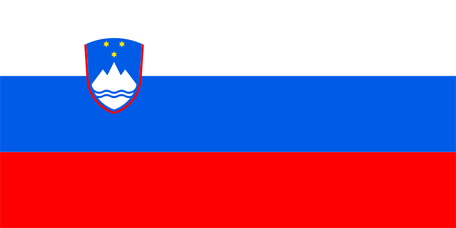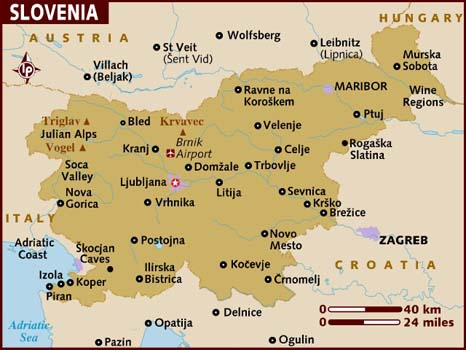Transport to and from Slovenia
Together with our partners we offer several departures each week to and from Slovenia whether it's pallets or full loads. Nothing is too big or too small for NWT Sweden AB
The transports mostly take place with Slovenian drivers / hauliers with extensive experience in transport to and from Sweden, which provides a high level of service
Complete loads
Multiple departures a week
Groupages and Part loads
Departures every Tuesday and Friday of each country
Lead time: 3 - 7days. The lead time is measured in working days.
Terminal Locations
In Sweden: Anderstorp
In Slovenia: Ljubljana
Generally
1 loading meter = 1850 kg
1 cubic meter = 330 kg
All assignments are carried out according NSAB2000 excluding §§ 6, 20 and 27 C3
Price inquery / booking
Phone: +46 (0)371 18920
Mail: bokning@nwtsweden.se

Slovenia (/slo??vi?ni?, Slovenija officially the Republic of Slovenia (Slovene: Republika Slovenija, is a nation state located in southern Central Europe. The country is located at the crossroads of main European cultural and trade routes. It is bordered by Italy to the west, Austria to the north, Hungary to the northeast, Croatia to the south and southeast, and the Adriatic Sea to the southwest. It covers 20,273 square kilometers (7,827 sq mi) and has a population of 2.06 million. It is a parliamentary republic and a member of the United Nations, European Union, and NATO. The capital and largest city is Ljubljana.
The territory is mostly mountainous with a mainly continental climate, with the exception of the Slovene Littoral, which has a sub-Mediterranean climate, and the northwest, which has an Alpine climate. Additionally, the Dinaric Alps and the Pannonian Plain meet on the territory of Slovenia. The country, marked by a significant biological diversity, is one of the most water-rich in Europe, with a dense river network, a rich aquifer system, and significant karst underground watercourses. Over half of the territory is covered by forest. The human settlement of Slovenia is dispersed and uneven.
Slovenia has historically been the crossroads of West Slavic, South Slavic, Germanic, Romance, and Hungarian languages and culture. Although the population is not homogeneous, the majority is Slovene. The South Slavic language Slovene is the official language throughout the country. Slovenia is a largely secularized country, but its culture and identity have been significantly influenced by Catholicism as well as Lutheranism. The economy of Slovenia is small, open, and export-oriented and has been strongly influenced by international conditions. It has been severely hurt by the Eurozone crisis, started in the late 2000s. The main economic field is services, followed by industry and construction.




